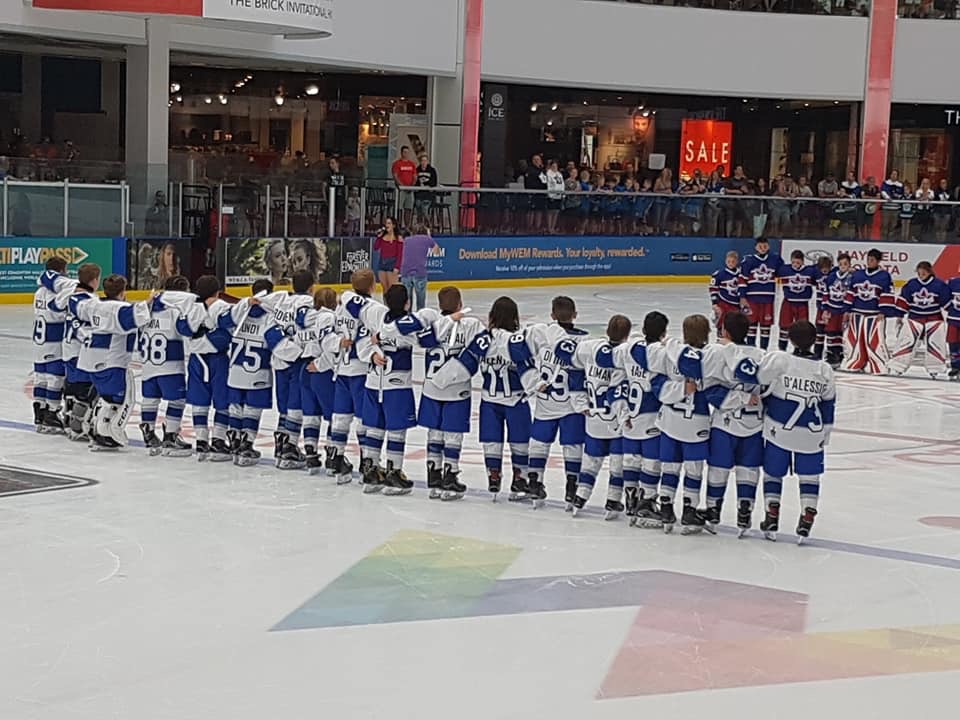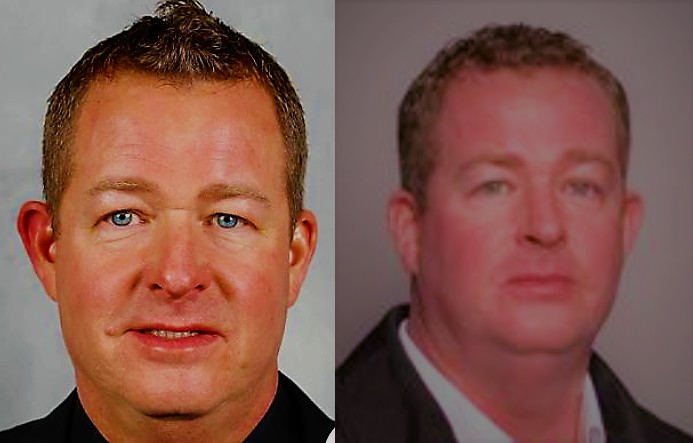Hockey Fighting – Pros and Cons


Whether or not hockey fighting is a good idea depends on who you ask. Some people argue that a low level of fighting is healthy for the game, while others argue that it will make it safer. For example, ESPN’s Greg Wyshynski argues that fighting in hockey should be kept to a minimum.

Getting rid of fighting will not necessarily make the game safer.
Eliminating fighting from professional hockey games is a controversial issue. Many players and fans view fighting as essential to the game and oppose its elimination. However, there is some debate about whether eliminating fighting from games will make the game safer. This debate has two sides, with proponents arguing that it would make the game more exciting and safe and opponents arguing that it would reduce the level of violence in the game.
Some hockey fans think the game would be safer without fighting, while others believe fighting is necessary and archaic. While it’s true that hockey is safer without fighting, studies have shown that 95% of concussions occur from non-fight-related impacts. So, in the long run, getting rid of fighting won’t make the game safer.

Getting rid of fighting will not necessarily gain you more fans.
While some may argue that getting rid of fighting will gain more fans, there is no evidence to back this up. For example, the NHL’s commissioner has denied that fighting is directly related to concussions. Instead, he sees the downward trend as tied to the growing awareness of the problem.
Penalty for being an instigator
This penalty is an attempt by a player to start a hockey fight. Specifically, the Dallas Stars captain was trying to fight Phoenix Coyotes player Jeremy Roenick but was elbowed by Derian Hatcher in the jaw, breaking his jaw. It is hard to see why the NHL would want to punish these players this way. The instigator rule should be a thing of the past.
The NHL did not clarify that instigator penalties carry over into the playoffs. However, my reading of the rulebook suggests that it does. A player receiving a second instigator penalty in the playoffs gets an automatic one-game suspension. Subsequent violations tack on a second game.

Is fighting a calculated type of behavior?
It has been argued that fighting is a calculated behavior promoting an individual’s fitness. But this argument ignores the fact that some aggressive behaviors are non-harmful and are meant to induce the surrender of valuable resources. The Hawk-Dove model, which assumes that the opponent’s value does not vary, predicts that non-injurious aggressive behavior may progress through several demanding phases.
